Sowing green energy with DAS Solar
2024-03-12
Through its production of green energy, DAS Solar is actively disseminating the "seeds of sustainability" by incorporating photovoltaic technology into vegetation.
Agrivoltaic Applications
Huaneng Renewables Shanxi Qinxian 200MW PV Power Project
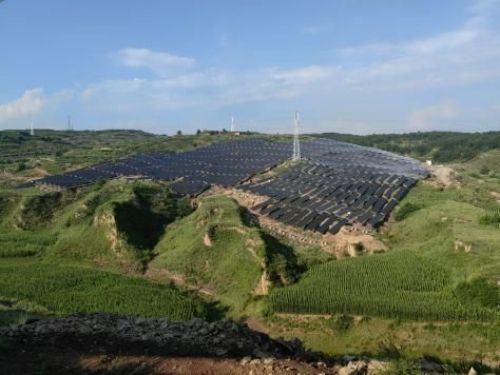
Located in the low hilly region, the project utilizes DAS Solar's flexible mounting bracket, which offers high clearance, wide spans, and low pile foundation density, making it ideal for terrain-crossing. While meeting the complex terrain installation requirements for solar modules, ample space is also preserved underneath the photovoltaic arrays. This development model allows for electricity generation above and cultivation below, effectively doubling the land's productivity and added value.
Yunnan Yimen Flexible PV Mounting Bracket Project
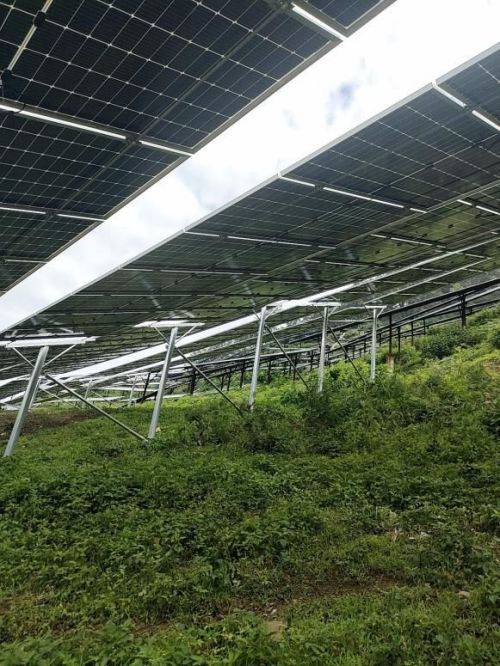
Designed specifically for Yimen County, Yunnan Province, DAS Solar's flexible bracket project takes into account the local climate, topography, sunlight, and humidity. It is an agricultural project that combines the cultivation of medicinal herbs with the generation of green electricity. The modules generate green electricity, while herbs grow under the modules. In addition to optimizing agricultural industry structure, this model improves economic benefits and mountainous land utilization efficiency.
Shandong Zibo Qihe biotech distributed PV project
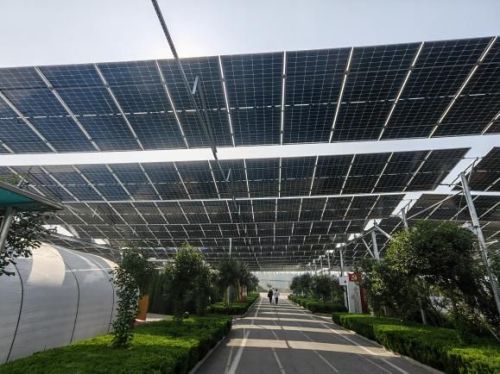
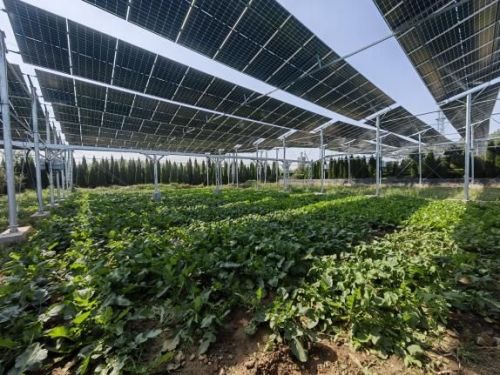
It is situated in the Yellow River Delta's highly efficient ecological economic zone, near Shuangquan Factory and Wenchang Lake. As part of this initiative, DAS Solar's flexible mounting brackets are installed between greenhouse gaps, supported by steel cables to span the structures. This facilitates a multifunctional bio-application profit model that harnesses "electricity generation above and mushroom cultivation below," promoting green, low-carbon, sustainable development. This approach helps advance the development of intelligent, modern agriculture.
Fishery Agrivoltaics Applications
Jiangxi Wan 'an Fishery Agrivoltaics Project
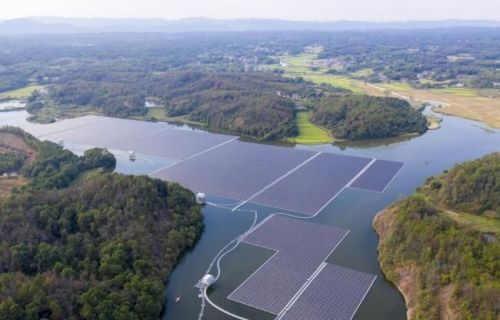
It is the first fishery agrivoltaics base of Three Gorges Energy in Jiangxi Province covering 95 acres and with a capacity of 52MW. Floating modules generate electricity while conducting fish farming underwater. Additionally, in collaboration with Three Gorges Renewables, DAS Solar has established a 48MW agrivoltaic PV plant, demonstrating an intensive development model of one resource with two industries. With an annual electricity generation rate of about 110 million kWh, the PV Plant will average approximately 1104 full load hours per year during its 25-year economic lifecycle. This will save around 40,000 tons of standard coal and reduce carbon dioxide emissions by about 90,000 tons annually, which is equivalent to planting approximately 60,000 trees each year.
Ecological Agrivoltaics
Fuyang Southern Wind-solar-storage Base Project
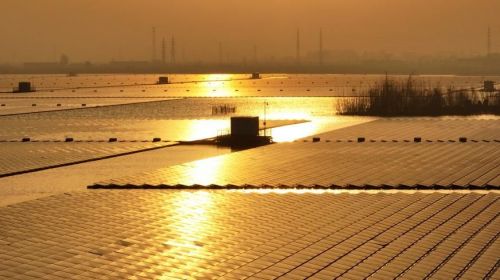
Located in a mining subsidence area, the project occupies 4,600 acres of surface area. 270 million kWh of power will be generated on average every year after the system is connected to the grid, which is the equivalent of saving 80,000 tons of coal and reducing 220,000 tons of carbon dioxide emissions per year. Despite the collapse of the coal mine, it has been transformed into a large-scale green energy base that not only utilizes idle land in an effective manner but also improves the local ecological environment.
Xinjiang Awati PV Power Project
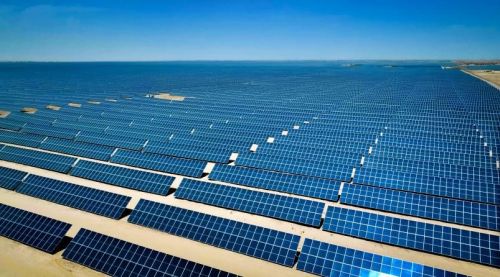
On the AC installation capacity of this project, a 400MW photovoltaic facility with 1,025,024 modules will be constructed in the southwestern part of Awati County, Aksu region, Xinjiang. With DAS Solar's high-quality and reliable N-type modules, the desert will become a vibrant source of green energy by harnessing every ray of sunlight. This project will produce approximately 808 million kilowatt-hours of clean energy annually, save about 250,000 tons of standard coal, and reduce carbon dioxide emissions by roughly 630,000 tons per year, equivalent to planting about 440,000 trees.
As a practitioner of the green energy revolution, DAS Solar is constantly expanding the potential applications of photovoltaics. "Photovoltaic+" explores the broader possibilities of green energy by developing agrivoltaics and fishery agrivoltaics.
* Calculation formula: Planting volume ≈ Annual power generation (degree) *0.997kg/1800kg
(A tree can absorb 1800kg of carbon dioxide a year, and each degree of clean electricity generated is equivalent to about 0.997kg of carbon dioxide emissions.)






 浙公网安备33080302000236
浙公网安备33080302000236